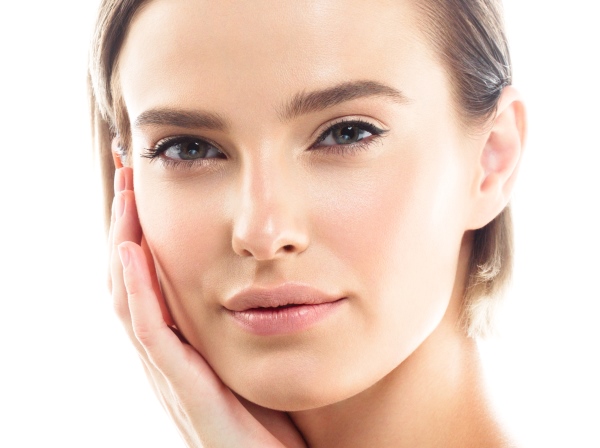Women in the US have become increasingly selective about the ingredients in their facial skincare products in the last two years – with increasing numbers describing their skin as ‘sensitive’ – according to The NPD Group.
The company’s 2017 Women’s Facial Skincare Consumer Report found that 40-50 percent of US women now actively seek natural or organic ingredients in their products, and those free of ingredients such as fragrances, parabens, phthalates, sulfates and gluten.
In addition the report found that “More women today perceive their skin as sensitive compared to two years ago (48 percent among facial skincare users in 2017 versus 44 percent in 2015), and at the same time there has been a significant uptick in the usage of products that are free from ingredients considered harmful”.
“Among facial skincare users, 50 percent typically use skincare products that are hypoallergenic/formulated for sensitive skin and fragrance free (compared to 47 percent in 2015); 48 percent usually look for products that are made from natural/organic ingredients (43 percent in 2015); and 40 percent usually buy products that are free of parabens, phthalates, sulfates, and/or gluten (33 percent in 2015).”
Coinciding with these findings, NPD’s retail point-of-sale data shows that prestige skincare brands with an environmental focus that promote wellness or natural ingredients increased their sales by 13 percent in the 12 months ending July 2017 (outpacing the overall market growth of five percent during the same period) to now account US$1.4 billion, or close to one-quarter, of total skincare sales.
“Current trends across industries, from the food we eat to the clothing we wear, have been geared towards natural and safe ingredients; the same holds true when it comes to consumers’ purchase criteria for skincare,” said Larissa Jensen, executive director and beauty industry analyst, The NPD Group.
“Consumers today are expecting transparency and full disclosure, and it is critical for brands to clearly state their position on such issues such as ingredient usage and product testing.”
At the same time women have become increasingly selective of their products, their willingness to expand their regimen has grown.
Twice daily usage of facial cleansers, lip products, and moisturisers − staples for women as they are the most commonly used facial skincare products − has increased since 2015.
In addition, more women today, or over one-fifth, are using four or more facial skincare products in a typical day.
“This likely ties into the increased usage of certain complimentary products, notably face masks,” said Jensen.
“Thirty percent of women today are using facial masks, and these are also more likely to be impulsive purchases than other product types. This trend is in line with the 37 percent increase in face mask sales sold at prestige, which has made it the fastest-growing segment in the skincare market.”
She said the fact that consumers are open to expanding their skincare routine presents an opportunity for brands to look beyond “the basic regimen of a cleanser and moisturiser”.
“By adding supplementary products such as masks or other treatments, consumers can engage and experiment with a brand in new ways, which generates more excitement, translating to more sales, for the skincare category,” she said.

